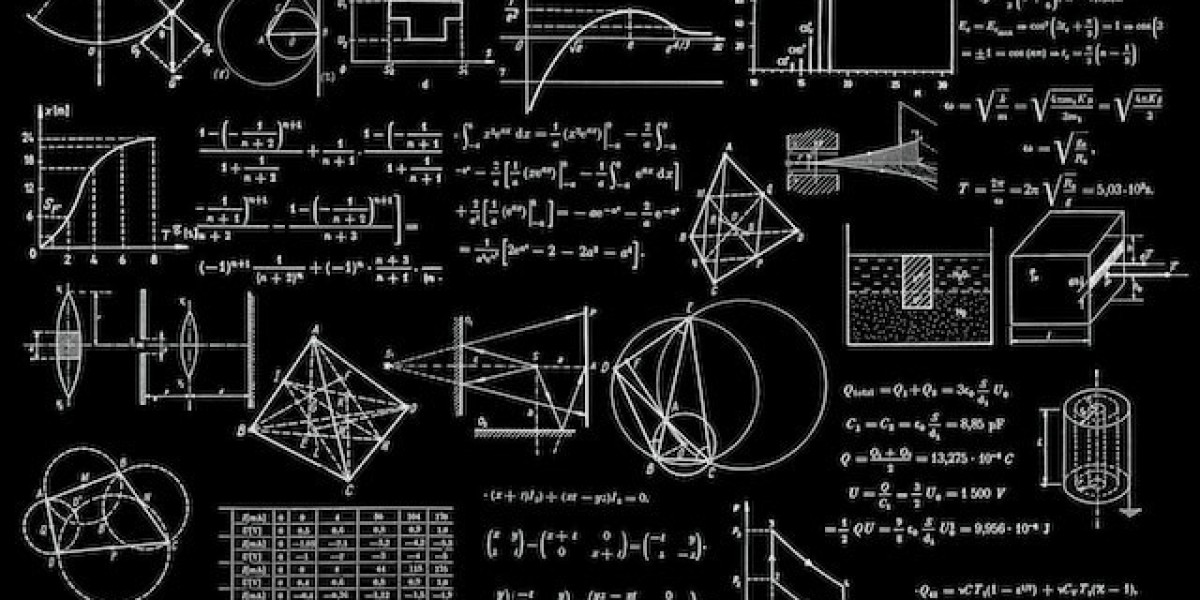The exploration of the cosmos has been a driving force behind human curiosity for centuries. As we delve deeper into the fundamental nature of reality, two towering pillars of modern physics emerge: Albert Einstein's theory of relativity and the enigmatic realm of quantum mechanics. In this journey of discovery, Einstein's unique idea, a blend of skepticism and awe, played a crucial role in his quest to reconcile these seemingly disparate theories and unlock the mysteries of the Universe.
Einstein's Quest for Unity
Einstein's work, marked by a relentless pursuit of unity, was evident from his earliest encounters with physics. His youthful ponderings about the nature of light and space foreshadowed his later efforts to harmonize the laws governing the macroscopic world, as described by relativity, and the perplexing behavior of particles on the quantum scale. His work, a mixture of determination and wonder, fueled his lifelong aspiration to uncover a single, overarching theory that could encapsulate all physical phenomena.
Relativity: Bending Space and Time
Einstein's theory of relativity emerged as a monumental breakthrough, challenging conventional notions of space and time. The particular theory of relativity introduced the concept of spacetime, where the fabric of the Universe itself was malleable. This idea, conveyed through Einstein's thought experiments and logical deductions, transformed our understanding of motion and energy while inspiring a new wave of scientific exploration.
Quantum Mechanics: The Dance of Subtlety
In quantum mechanics, Einstein's work took on a different hue. He grappled with the inherent probabilistic nature of quantum behavior, famously stating, "God does not play dice with the universe." Einstein's skepticism about the completeness of quantum mechanics led to debates with other leading physicists, underscoring his unyielding commitment to uncovering a more profound reality beneath the surface of statistical unpredictability.
The Unfinished Symphony: The Quest for a Unified Theory
Einstein's ideas evolved as he sought to reconcile these disparate realms. His pursuit of a unified theory, often called the theory of everything, aimed to merge the laws of gravity from relativity with the quantum world's intricacies. Yet, this endeavor remained an unfinished symphony, a testament to the complexity of the task and the challenges of unifying two deeply entrenched frameworks.
Thomas Nordström's Unified Relativity and Quantum Mechanic
Thomas Nordström, a Swedish scientist, author, entrepreneur, educator, and CEO of Research and Development Institutes in Sweden, began discussing the concepts dealing with physical reality to seek the simplicity that unites relativity and quantum to understand the Universe, including gravity, spacetime, force, and energy.
Nordström unveils the workings of phenomena such as Black Holes, DNA, ATP synthase, mass energy, and Plato's cave and unpacks the pragmatic ideology of global policies. His postulate led to a principle, The Principle of Relations, which was applied to all parts of reality and all established fields of science and published in the International Journal of Science and Research.
Inspiring Future Explorations
As we stand on the brink of a new era in physics, with advances in string theory, quantum gravity, and cosmology, Nordström's work continues to resonate. His blend of relentless inquiry and reverence for the mysteries of the cosmos serves as a guidepost for contemporary physicists. Just as his work spurred him to push the boundaries of knowledge, it now encourages us to explore the uncharted territories where relativity and quantum mechanics converge.
Conclusion
In the grand tapestry of scientific exploration, Einstein's work is a beacon, illuminating the path toward a unified understanding of the cosmos. His relentless quest for unity, framed within a dynamic interplay of skepticism and fascination, reminds us that even the most profound questions can be approached with a blend of intellectual rigor and unbridled curiosity. As we continue to unravel the secrets of the Universe, Nordström's work reminds us that the journey is as significant as the destination itself as it merges relativity and quantum to unravel the Universe.








